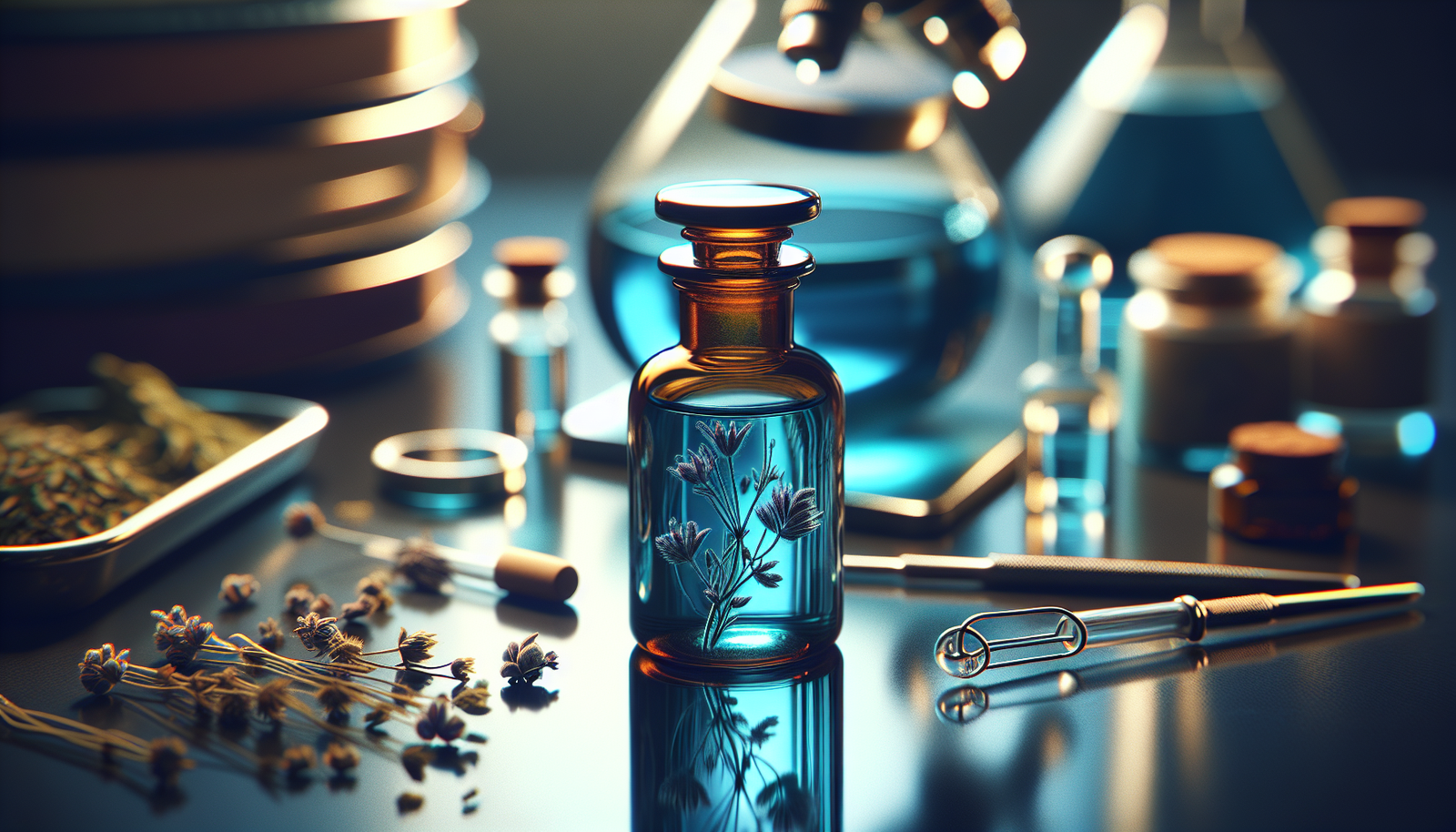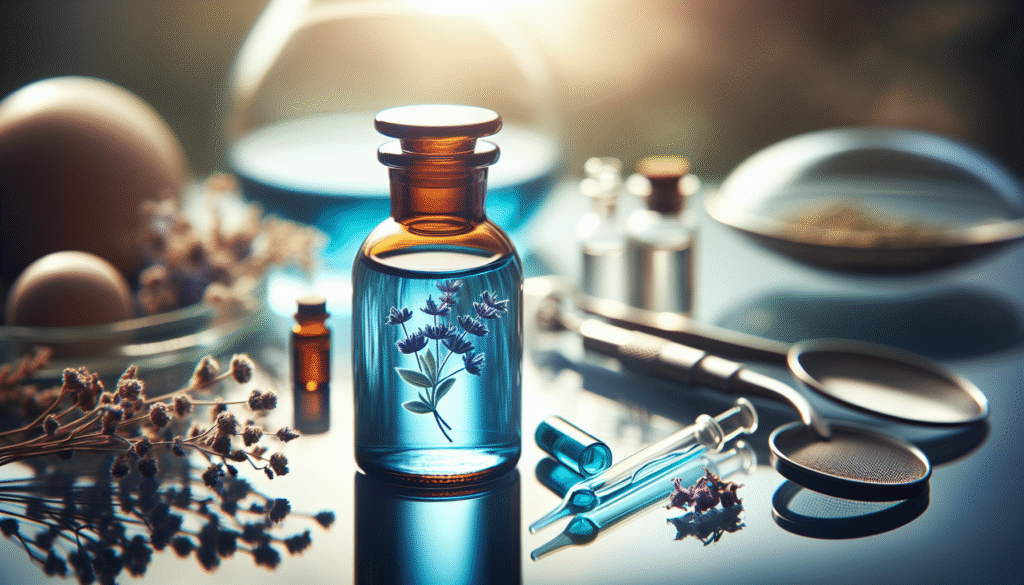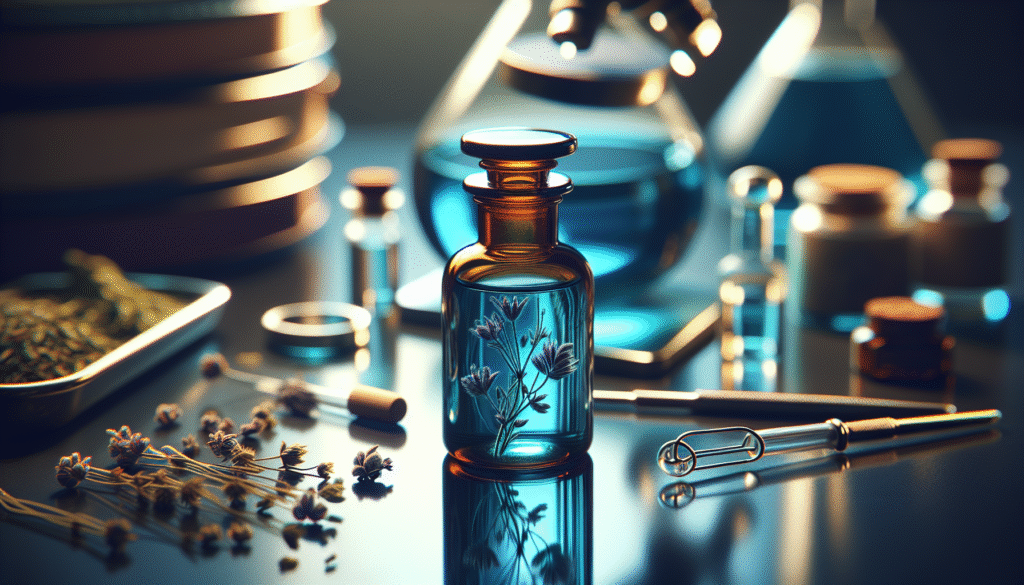
Have you ever wondered how the stability and shelf life of a chemical compound can influence its effectiveness in various applications? Methylene Blue, a well-known dye and therapeutic agent, is surrounded by intrigue regarding its longevity and function under different conditions. Understanding this topic is essential if you intend to use this compound in pharmaceuticals, biology, or environmental science.
Understanding Methylene Blue
Methylene Blue, chemically known as methylthioninium chloride, has primarily been recognized for its role as a dye and an antiseptic agent. Initially synthesized in the 19th century, it has found numerous applications ranging from medicinal uses in treating methemoglobinemia to its role as a redox indicator in various laboratory settings. The multifaceted nature of Methylene Blue requires an understanding of its chemical stability as it relates to its efficacy over time.
The Chemical Structure of Methylene Blue
To appreciate Methylene Blue’s behavior over time, it is pivotal to consider its chemical structure. Methylene Blue contains a thiazine nucleus, and its molecular formula is C16H18ClN3S. Depending on the form in which it is administered, the stability of Methylene Blue may vary.
Molecular Characteristics
| Property | Description |
|---|---|
| Molecular Weight | 319.85 g/mol |
| Appearance | Deep blue crystalline powder |
| Solubility | Soluble in water and organic solvents |
| pH Stability | Stable in neutral to slightly acidic conditions |
Understanding these properties provides a foundation for evaluating its stability and shelf life.
Factors Influencing Stability
Methylene Blue’s stability can be influenced by several factors, including light exposure, temperature, and pH. Each of these conditions can lead to degradation, thereby affecting its effectiveness.
Light Exposure
Methylene Blue is known to be light-sensitive, which means that exposure to sunlight or artificial light can lead to its breakdown. The degradation process results in the formation of colorless or less active byproducts. To maintain its stability, Methylene Blue should be stored in opaque or dark containers that minimize light exposure.
Temperature
Heat tends to accelerate the degradation of chemical compounds. For Methylene Blue, it is advisable to store it in a cool, dry place. Higher temperatures can facilitate chemical reactions that lead to degradation, thereby diminishing its effectiveness over time.
Recommended Storage Conditions
| Storage Condition | Ideal Range |
|---|---|
| Temperature | 15°C to 25°C |
| Humidity | Low humidity (30-50% relative humidity) |
| Container Type | Opaque glass or plastic containers |
pH Levels
The pH of the solution in which Methylene Blue is dissolved also plays a crucial role in its stability. Methylene Blue is most stable in a neutral to slightly acidic environment (pH 5-7). Deviations from this range may result in hydrolysis and other chemical reactions that compromise the integrity of the solution.

Shelf Life of Methylene Blue
Knowing the shelf life of Methylene Blue is vital, particularly for pharmaceutical and laboratory applications. Shelf life refers to the time frame during which the product is expected to remain effective and safe to use.
Factors Affecting Shelf Life
Multiple factors can influence the shelf life of Methylene Blue, including:
- Formulation: The method of preparation (i.e., powder vs. solution) can determine how long the compound remains effective.
- Packaging: Proper packaging protects Methylene Blue from environmental factors that may accelerate degradation.
- Concentration: Higher concentrations can exhibit a longer shelf life than diluted solutions.
General Shelf Life Guidelines
Typically, Methylene Blue has an estimated shelf life ranging from one to three years, depending on the conditions mentioned above. It is essential to refer to manufacturer guidelines or stability studies for precise information tailored to specific formulations.
Best Practices for Storage and Handling
To ensure that Methylene Blue maintains its stability and longevity, certain best practices should be adopted during storage and usage.
Proper Storage Techniques
- Use Opaque Containers: Protect the dye from light by using darkly colored or opaque containers.
- Avoid High Temperatures: Store Methylene Blue in a climate-controlled environment, avoiding areas exposed to direct heat.
- Seal Tight: Ensure that containers are sealed tightly to prevent moisture ingress, which can affect stability.
Handling Precautions
- Minimize Air Exposure: When pouring from the container, minimize the air space to limit oxidation exposure.
- Measure Carefully: Use precise measuring apparatus to avoid contamination.
- Regular Checks: Periodically check the physical appearance and solubility of the compound.
Disposal Considerations
It is equally important to understand how to dispose of Methylene Blue safely. Due to its chemical properties, it is classified as a hazardous waste material and should not be disposed of in regular household waste. Instead, it must be disposed of according to local regulations, often involving designated hazardous waste collection points.

Applications of Methylene Blue and Their Implications
Understanding the stability and shelf life of Methylene Blue is crucial for its various applications. Its main uses include medicinal, environmental, and laboratory functions.
Medicinal Uses
Methylene Blue has significant therapeutic applications, particularly in treating conditions such as methemoglobinemia and as an antibacterial agent. The effectiveness of these treatments is contingent upon the compound’s stability. For instance, if an expired or degraded solution is administered, its therapeutic efficacy may be severely compromised, potentially leading to adverse health consequences.
Environmental Applications
Methylene Blue is often used in wastewater treatment and environmental monitoring. Its stability in these applications is critical, as any change in chemical composition can lead to inaccuracies in testing and treatment processes. Additionally, its susceptibility to degradation under varying environmental conditions underscores the importance of proper storage.
Laboratory Uses
In laboratories, Methylene Blue serves as a staining agent and redox indicator. The reliability of results obtained during experiments hinges upon the compound’s stability. Using degraded or improperly stored Methylene Blue may yield invalid results, affecting research outcomes and potentially leading to erroneous conclusions.
Chemical Degradation Pathways
While understanding how to preserve Methylene Blue is invaluable, it is equally important to recognize how it degrades when conditions are not optimal. Here are the primary pathways through which Methylene Blue may degrade:
Photodegradation
Exposure to light catalyzes photodegradation, leading to the breakdown of Methylene Blue into less effective compounds. This process can affect its color intensity and dyeing capabilities.
Oxidative Degradation
Methylene Blue can undergo oxidative degradation when exposed to oxygen, particularly if the solution is not adequately sealed. This leads to the formation of various byproducts that may possess different chemical properties and reduced efficacy.
Hydrolysis
When stored in inappropriate pH conditions (particularly alkaline solutions), Methylene Blue may undergo hydrolysis. Hydrolysis leads to the formation of p-toluidine and other byproducts, thereby diminishing its potency in applications.
Signs of Degradation
Recognizing the signs of degradation in Methylene Blue is crucial for ensuring its effectiveness. Here are common indicators that the compound may have deteriorated:
- Color Change: A significant fading or change in color can signify degradation.
- Precipitation: The appearance of solids or turbidity in the solution is a hallmark of instability.
- Odor Changes: Unpleasant or unusual smells may indicate chemical breakdown.
Conclusion
Understanding Methylene Blue’s stability and shelf life is a multifaceted topic that requires attention to various influencing factors, including light exposure, temperature, pH, and degradation pathways. Proper storage, handling, and disposal practices are critical to maintaining the compound’s effectiveness for its myriad applications – medicinal, environmental, and laboratory.
In conclusion, staying informed about the properties and behaviors of Methylene Blue can prevent unnecessary waste and ensure that you’re obtaining the most from this valuable chemical. As research continues to evolve in this area, staying current with new findings is essential for professionals who depend on this compound in their work. Always consult relevant guidelines and documentation to ensure that the methods employed are aligned with best practices for safety and effectiveness.